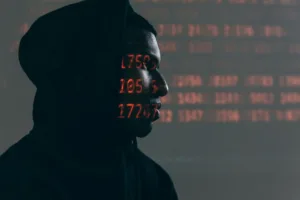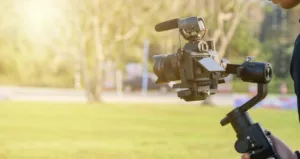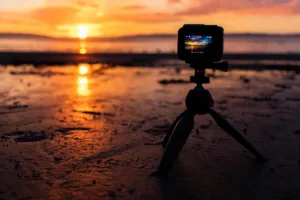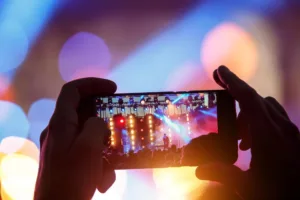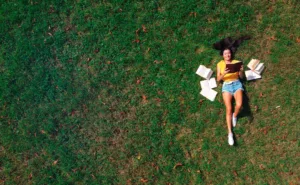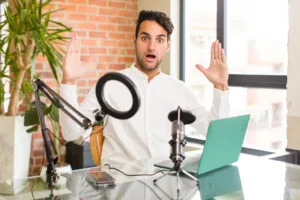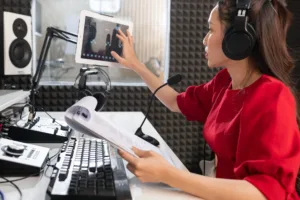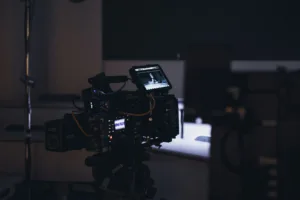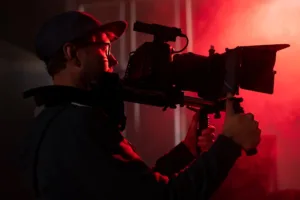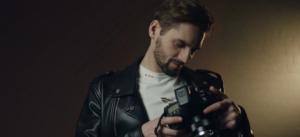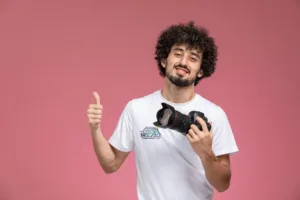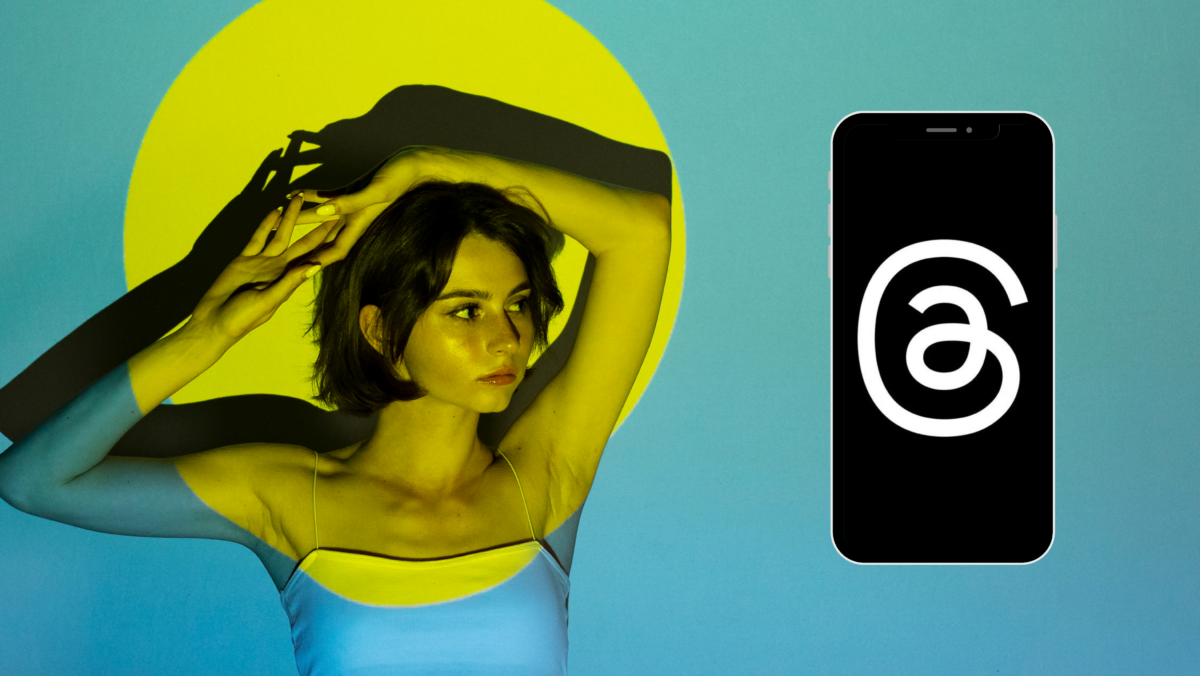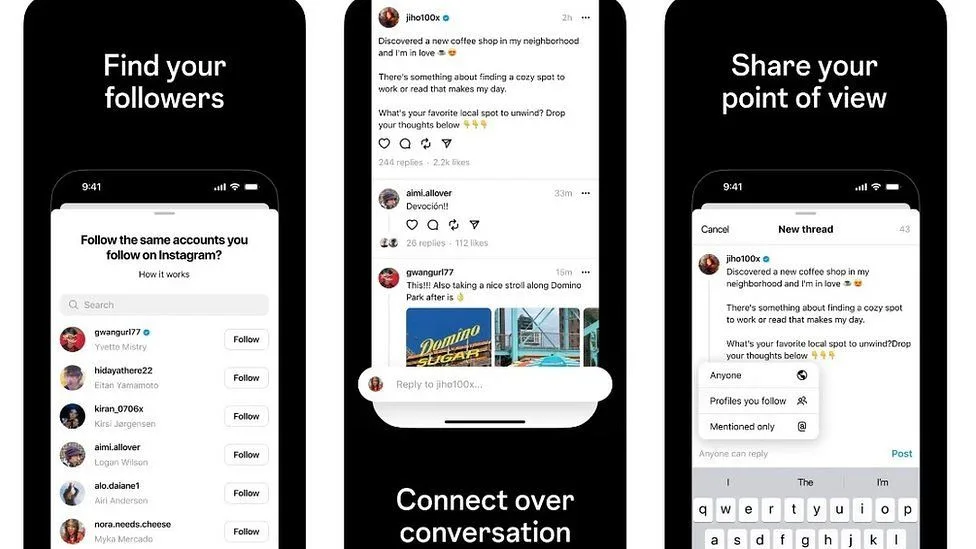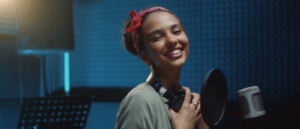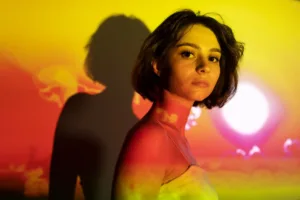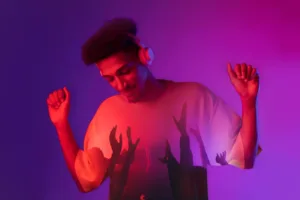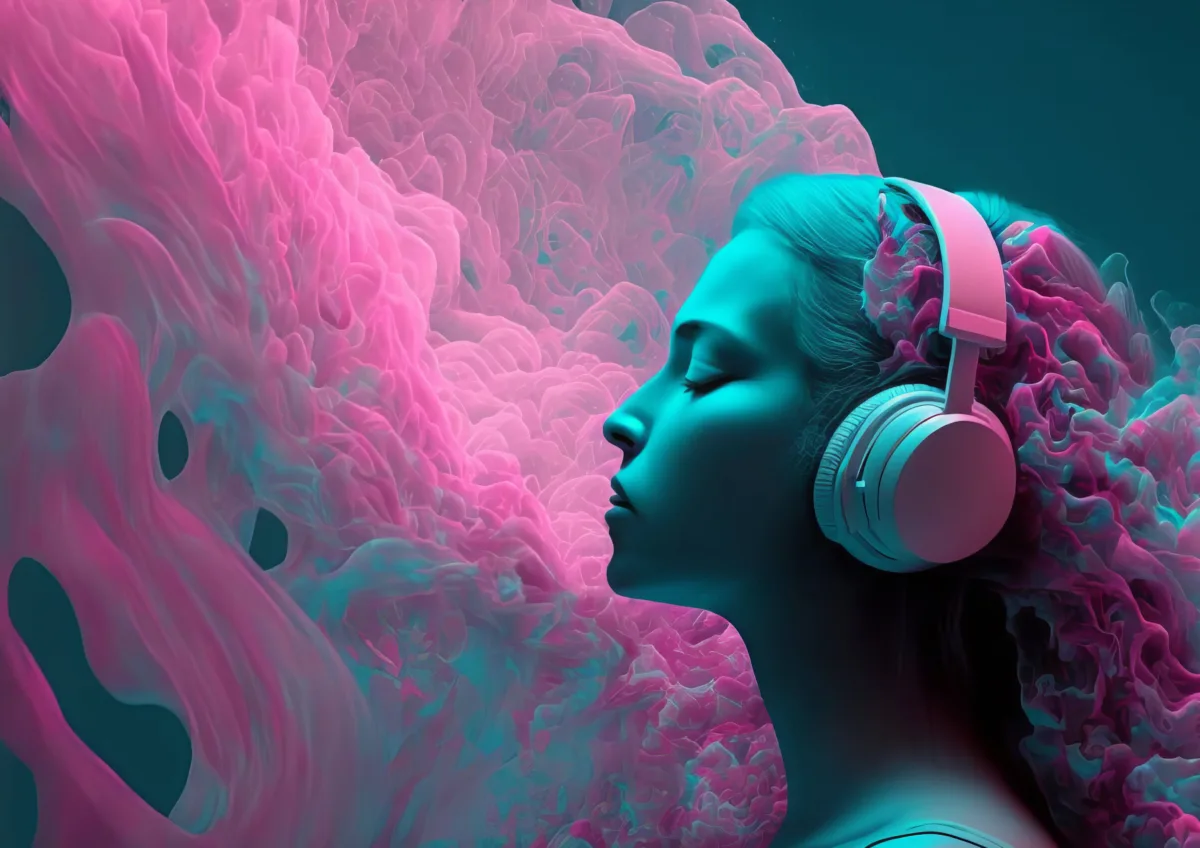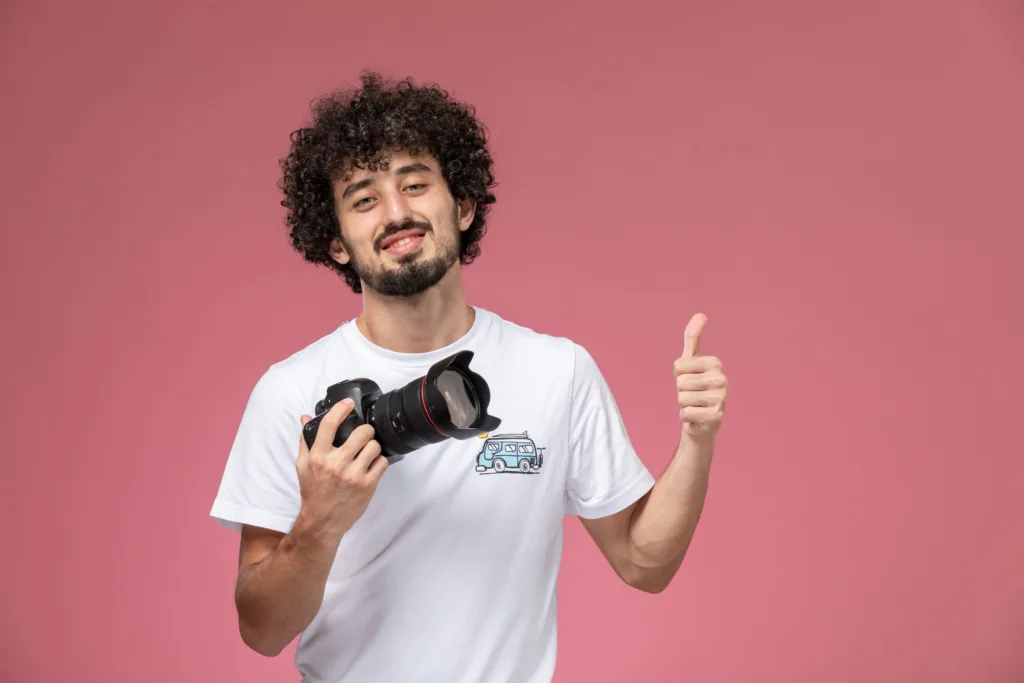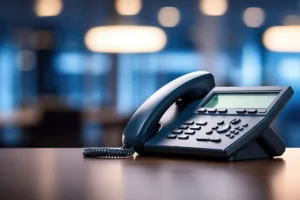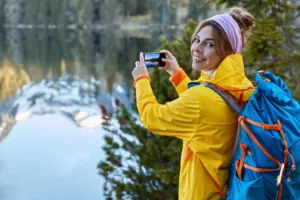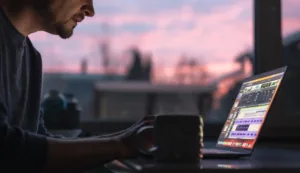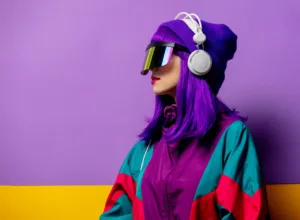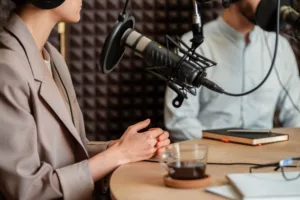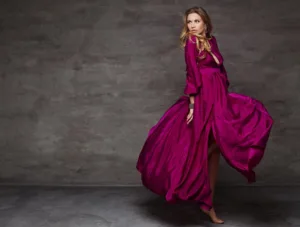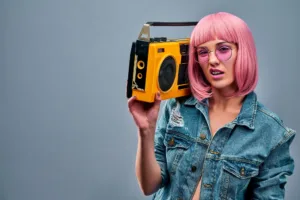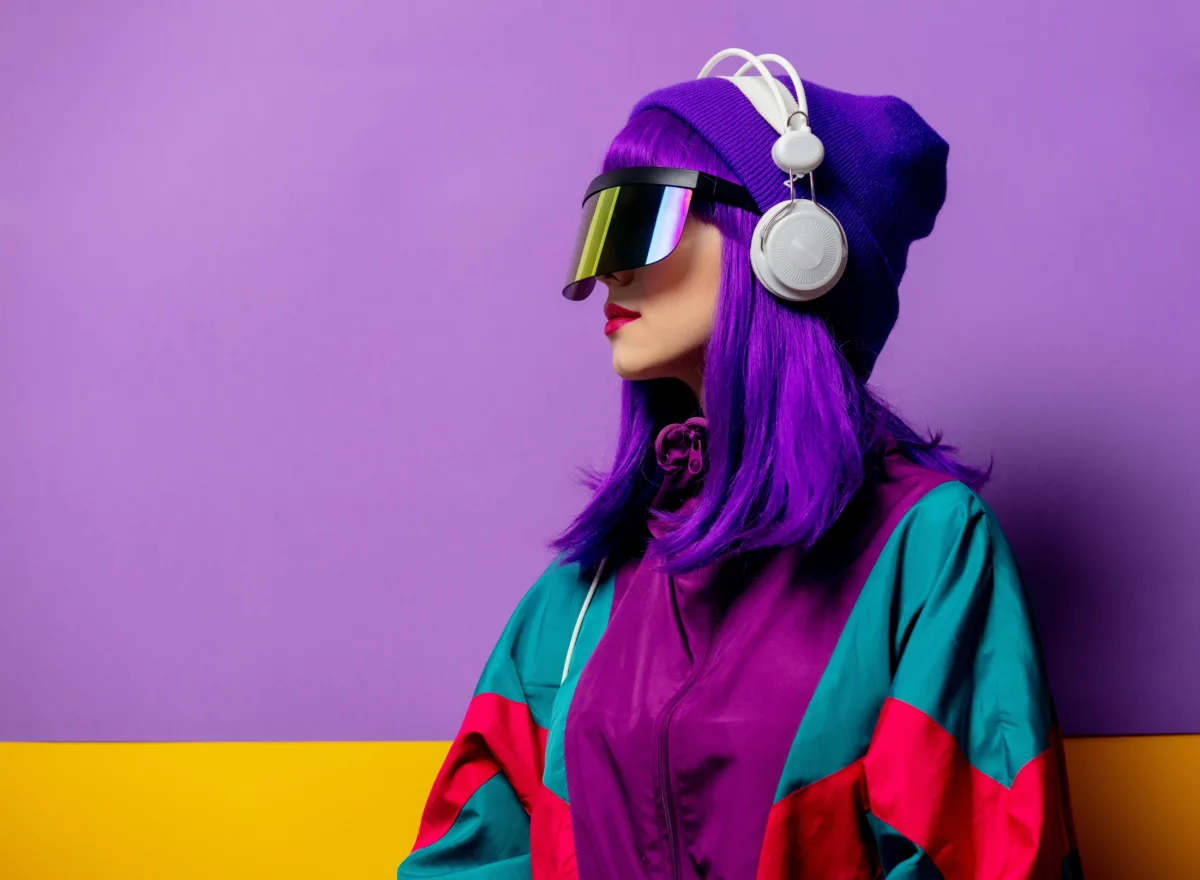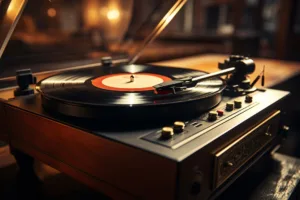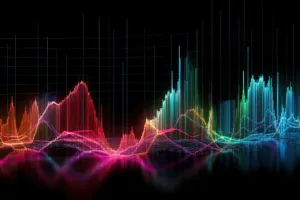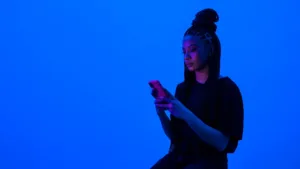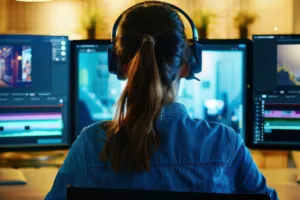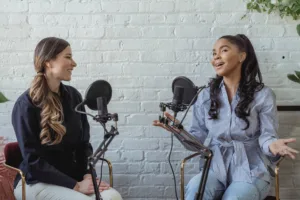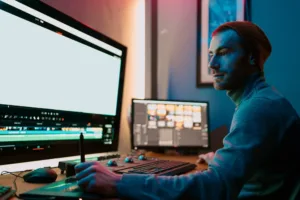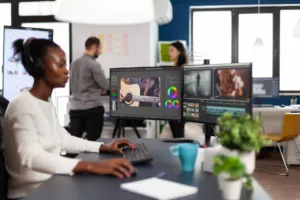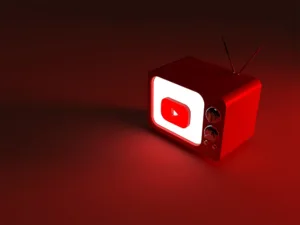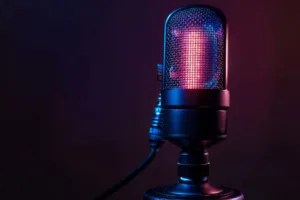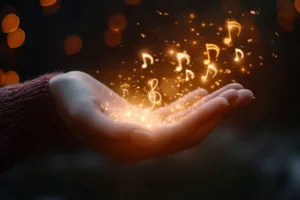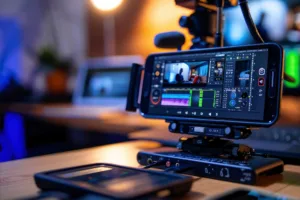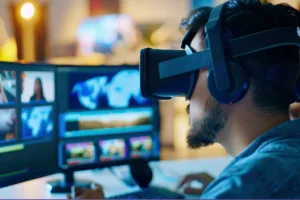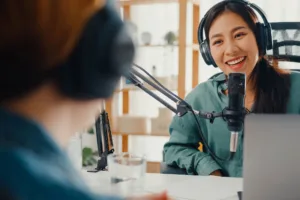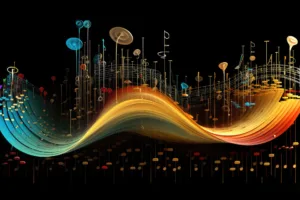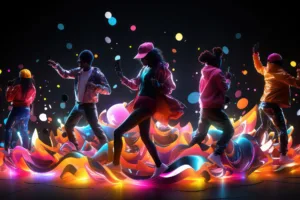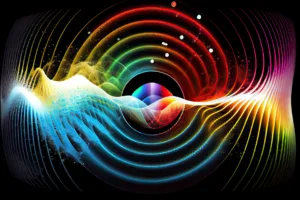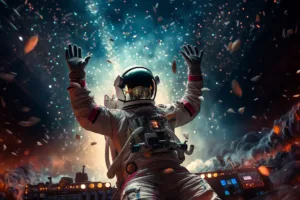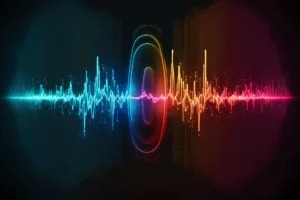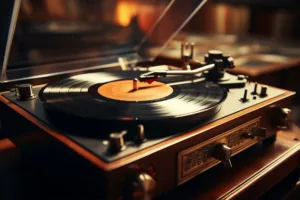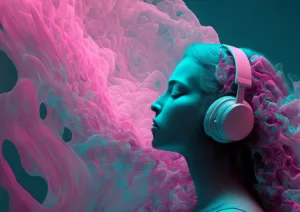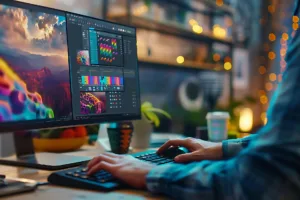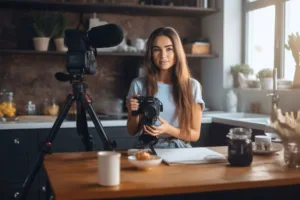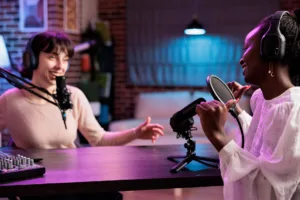Best Free Royalty Free Music for YouTube?
Creating captivating content on YouTube or other social platforms often demands not only engaging visuals but also high-quality audio. However, using the wrong kind of music could result in demonetized videos, copyright strikes, or takedowns. The solution? Royalty free music —specifically, free music for YouTube channels that doesn’t violate copyright laws. This not only ensures your content is compliant but also provides a sense of security and protection against potential issues. Title: The Importance of Royalty-Free Music for YouTube Content.
The Importance of Royalty Free Music for YouTube & Social Content
I. Introduction
A. Importance of captivating content on YouTube and social platforms
B. Need for engaging visuals and high-quality audio
C. Risks of using copyrighted music
D. Solution: Royalty-free music for YouTube channels
II. Benefits of Royalty Free Music
A. Ensuring compliance with copyright laws
B. Protection against demonetization, copyright strikes, and takedowns
C. Sense of security for content creators
III. Essentiality of Royalty-Free Music for Different Types of Content
A. Vlogging
B. Tutorials
C. Social media content production
IV. Best Sources for Free Royalty-Free Music
A. Description of popular platforms offering royalty-free music
B. Benefits and features of each source
C. Tips for finding the right music for specific content
V. Understanding YouTube’s Music License System
A. Explanation of YouTube’s policies on music usage
B. How to obtain and use music licenses on YouTube
C. Importance of compliance for content monetization
VI. Finding No Copyright Music Downloads
A. Where to find and download no copyright music
B. Tips for using and crediting no copyright music in content
C. Resources for discovering new and upcoming artists providing royalty free music
VII. Conclusion
A. Recap of the importance of royalty-free music for YouTube content
B. Encouragement for content creators to prioritize compliance and security
C. Final thoughts on the impact of using royalty-free music for content creation
Whether you’re vlogging, making tutorials, or producing social media content, using royalty-free music is essential for staying compliant with YouTube’s policies. Below, we’ll explore some of the best sources for free royalty free music, how YouTube’s music license system works, and where to find no copyright music downloads for your next big project.
What Is Royalty Free Music
Royalty-free music allows creators to use tracks without paying recurring fees (royalties) each time the content is played. This is critical for content creators because it eliminates the risk of ongoing licensing costs while protecting against copyright claims. The keyword here is free music for YouTube channels that comes without hefty license agreements.
There are various categories of royalty-free music:
– Free with attribution: Music that can be used freely, but you need to credit the creator in your video description.
– Free without attribution: Rare, but some platforms allow you to download and use music without even mentioning the creator.
– Paid royalty free music: Some platforms offer music through paid subscriptions or one-time purchases, where you don’t have to credit the creator.
Why You Need Royalty Free Music for YouTube and Social Media
Using copyrighted music on YouTube or social platforms can cause several issues:
– Monetization loss: If you’re enrolled in YouTube’s partner program, using copyrighted music can prevent you from earning ad revenue.
– Copyright strikes: Repeated violations could lead to your channel being banned.
– Video removal: Infringements may lead to your video being taken down entirely.
This is why content creators frequently seek no copyright music downloads—audio tracks that are safe for commercial purposes or with a straightforward licensing agreement.
YouTube Royalty Free Music License: What You Need to Know
The concept of a YouTube music license can be confusing, but it’s essential to understand the rules to avoid potential penalties. A YouTube music license is essentially an agreement between the creator of the music and the content producer (you) that governs the use of the track. Understanding this can make you feel more informed and knowledgeable, reducing the risk of your video being flagged, demonetized, or even removed.
YouTube offers a YouTube Audio Library, a valuable resource for creators seeking free music for YouTube channels. The library includes music that’s either free to use without any credit or music that must be attributed to the artist. This is a simple way to ensure you’re compliant with YouTube’s strict copyright policies.
Best Sources for Free Royalty Free Music for YouTube
Here are some of the top platforms where you can find free royalty-free music for your YouTube channel and social content:
1. BenSound
BenSound offers an extensive library of free music for YouTube channels and other platforms. Many tracks are available for free with attribution. However, for more extensive usage (such as commercial projects), you can purchase a license to access higher-quality downloads without the need for attribution.
– Pros: High-quality music, organized by genre (e.g., acoustic, cinematic, jazz, etc.)
– Cons: Free tracks require attribution for non-commercial use.
2. YouTube Audio Library
YouTube’s native Audio Library provides free royalty-free music and sound effects. This is perfect for YouTube content creators as it includes tracks that are free for commercial and non-commercial use. You can filter by genre, mood, or attribution requirements.
– Pros: Directly integrated with YouTube, making it hassle-free.
– Cons: Limited music variety compared to third-party platforms.
3. Epidemic Sound
While not free, Epidemic Sound offers a free trial that grants full access to its expansive music library. Their licensing covers all major platforms, including YouTube, which makes it an excellent option for creators who need high-quality tracks for commercial purposes.
– Pros: High-quality tracks with a flexible licensing system.
– Cons: After the trial, a subscription is required.
4. Free Music Archive
The Free Music Archive (FMA) is an excellent source for discovering unique, high-quality music from indie creators. Some tracks are available under Creative Commons licenses, which require attribution, while others are free for any use, including commercial projects.
– Pros: Vast library of music across various genres.
– Cons: It can be difficult to find tracks suitable for commercial use without attribution.
5. Soundstripe
Though primarily a subscription-based service, **Soundstripe** offers an affordable way to access top-tier music tracks for YouTube videos. All tracks are pre-cleared for commercial use on YouTube and other social platforms.
– Pros: Unlimited downloads with a single subscription.
– Cons: No free tier, though affordable.
6. Incompetech
Incompetech by Kevin MacLeod is a go-to source for content creators needing royalty-free music. You can use the tracks for free with attribution or purchase a license to use them without credit.
– Pros: A well-known source for no copyright music downloads.
– Cons: Free use requires attribution.
7. TuneCutter
One of the freshest creator platforms to enter the royalty-free market, TuneCutter offers a 100% free forever license on all its tracks. That’s right, no subscription and no strings attached. Their licensing covers all major platforms, including YouTube, which makes it an excellent option for creators who need high-quality tracks for commercial purposes.
– Pros: High-quality tracks with Stems.
– Cons: What is not to like?
Best Practices for Using Free Royalty Free Music
Here are some tips for ensuring that you’re using free music correctly:
1. Always Check the License
Whether you download music from the YouTube Audio Library or from a third-party site like BenSound, always check the license. Even if a track is labelled as “free,” it may still have restrictions, such as the requirement for attribution or limitations on commercial use.
2. Credit the Creator (If Required)
For tracks that require attribution, make sure you provide proper credit in your video description. Include the title of the track, the artist’s name (e.g., ‘Music by [Artist’s Name] ‘), and a link to the source (e.g., ‘Link to the track: [URL] ‘).
3. Keep Records
If you purchase a license or download a track from a free site, save the license details. If your video is ever flagged, you can provide proof that you have the correct permissions to use the music.
4. Diversify Your Music Sources
While the YouTube Audio Library is a fantastic starting point, it’s worth diversifying your music sources. Combining music from multiple platforms like TuneCutter, Legis Music, or Soundstripe can give your content a unique and professional touch.
Conclusion: Create Without Worry
As a content creator, staying on the right side of YouTube’s policies is critical to maintaining your channel’s health. The last thing you want is a copyright strike or demonetization due to using the wrong music.
By leveraging the platforms mentioned here, you’ll find an array of free music for YouTube channels, ensuring your content remains engaging, professional, and, most importantly, compliant. Remember to check the specific licenses and ensure you’re giving proper attribution where needed.
Now that you’re equipped with these resources, you’re ready to start creating compelling content with the best royalty-free music for YouTube. Download tracks that fit your project and enjoy the peace of mind that comes with knowing your videos are free from copyright issues.




